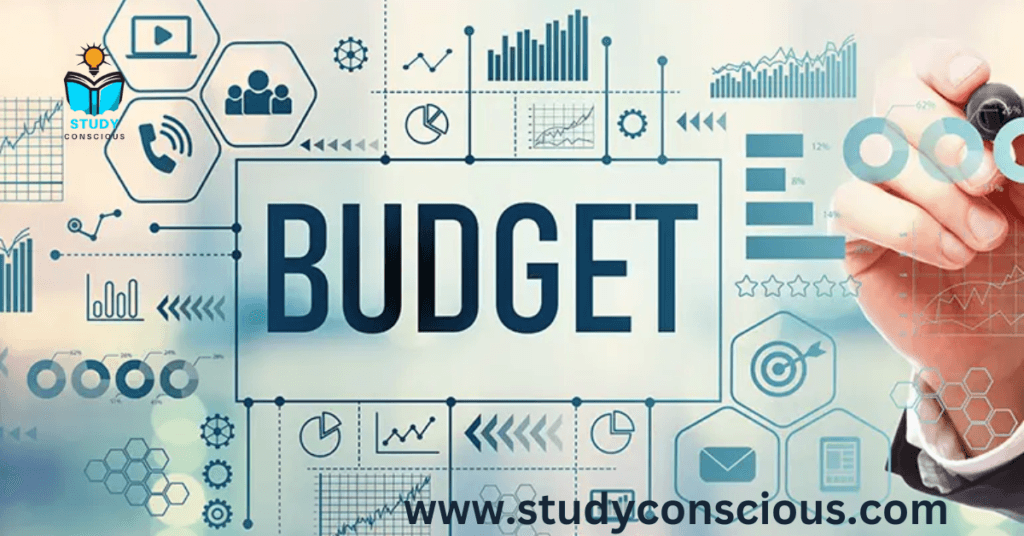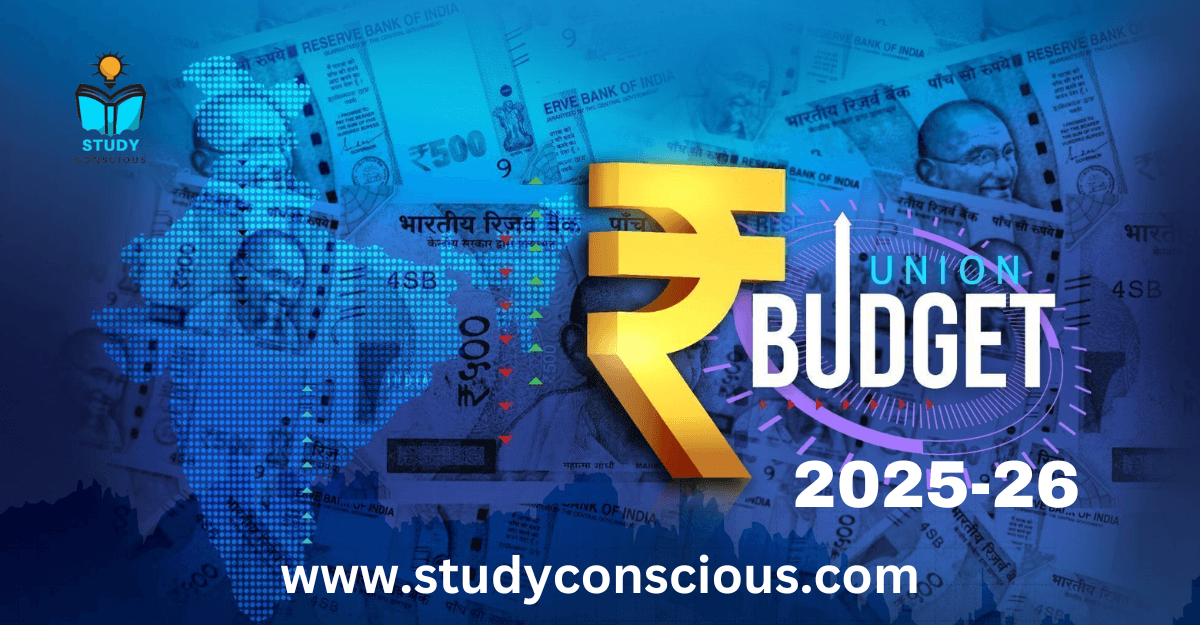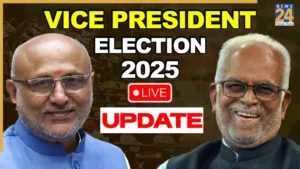The Union Budget for 2025-26, presented by Finance Minister Nirmala Sitharaman on February 1, 2025, introduces several key measures aimed at stimulating economic growth, supporting the middle class, and enhancing various sectors of the economy.
Personal Income Tax Reforms: To boost domestic demand and alleviate the cost of living, the government has significantly reduced personal income tax rates. The tax exemption threshold has been raised to ₹1.28 million (approximately $14,800), up from ₹700,000. Additionally, tax rates for incomes above this threshold have been lowered. These changes are expected to enhance middle-class consumption, savings, and investment, despite an anticipated annual revenue loss of about ₹1 trillion ($11.6 billion).
Agriculture and Rural Development: The budget places a strong emphasis on agriculture, with a six-year program designed to boost the production of pulses and cotton, aiming to reduce import dependence. State agencies will procure pulses such as pigeon peas, black matpe, and red lentils at guaranteed prices to support farmers. There’s also a focus on increasing cotton production, particularly extra-long staple cotton, through research and development initiatives. The government has raised the subsidized farm loan limit and announced the establishment of a new urea plant to ensure adequate crop nutrients.
Infrastructure and Capital Expenditure: To drive long-term economic growth, the government plans to significantly increase capital expenditure, focusing on infrastructure projects such as roads, water supply systems, metro networks, railways, defense, digital infrastructure, and green technologies. The capital expenditure allocation for FY26 is anticipated to range between ₹11 trillion and ₹11.5 trillion, reflecting a 15-17% increase compared to the revised spending for FY25.
Fiscal Deficit and Economic Growth: The government projects a reduction in the fiscal deficit to 4.4% of GDP in 2025-26, down from 4.8-4.9% in FY25. This demonstrates a commitment to fiscal prudence while fostering economic growth. The budget also includes measures to boost private investment and job creation, aiming for GDP growth between 6.3% and 6.8% in the coming fiscal year.
Sectoral Initiatives:

- Healthcare: Introduction of Day Care Cancer Centres and exemption of certain cancer drugs from customs duty to improve healthcare accessibility.
- Renewable Energy: Launch of a Nuclear Energy Mission targeting 100 GW of nuclear power by 2047, reflecting a commitment to sustainable energy sources.
- Manufacturing and Exports: Continued support for manufacturing and export sectors, with initiatives to enhance competitiveness and reduce dependency on critical supply chains.
5 Pillars of Union Budget 2025
The Union Budget 2025-26 is structured around five main pillars to drive economic growth and development. These are:
1. Empowering the Middle Class
- Major income tax cuts to boost disposable income.
- Increase in tax exemption limit to ₹1.28 million.
- Incentives for savings and investments to stimulate domestic consumption.
2. Agriculture & Rural Development
- Long-term pulses and cotton production programs to reduce import dependency.
- Higher farm loan limits and increased procurement at MSP (Minimum Support Price).
- New urea plant to improve fertilizer availability.
3. Infrastructure & Capital Investment
- Increased capital expenditure (₹11-11.5 trillion) on roads, railways, metros, and defense.
- Expansion of water supply and urban development projects.
- Investments in green energy and digital infrastructure.
4. Fiscal Consolidation & Economic Stability
- Target to reduce fiscal deficit to 4.4% of GDP.
- Measures to boost private investments and job creation.
- Focus on sustained GDP growth (6.3%-6.8%).
5. Innovation & Sustainable Development
- Healthcare: Launch of Day Care Cancer Centres and exemption of cancer drugs from customs duty.
- Renewable Energy: New Nuclear Energy Mission with a goal of 100 GW by 2047.
- Manufacturing & Exports: Strengthening India’s supply chains and industrial competitiveness.
These pillars aim to balance economic growth, fiscal discipline, and welfare measures, making the budget both reformist and inclusive.
PM Dhan Dhanya Krishi Yojana (2025)
The PM Dhan Dhanya Krishi Yojana was announced in the Union Budget 2025-26 to support farmers in 100 low-productivity districts across India. The scheme aims to increase agricultural productivity, improve irrigation, and provide financial support to farmers.
Key Features of the Scheme:
1. Boosting Agricultural Productivity
- Adoption of modern farming techniques and equipment.
- Encouragement of crop diversification to improve yields.
2. Post-Harvest & Storage Facilities
- Development of storage units at village and block levels.
- Reduction in crop wastage to enhance food security.
3. Improved Irrigation Infrastructure
- Expansion of water conservation and efficient irrigation systems.
- Promotion of climate-resilient farming techniques.
4. Financial Support & Easy Credit Access
- Increased availability of low-interest agricultural loans.
- Special incentives for marginal and small farmers.
5. Sustainability & Rural Development
- Strengthening organic farming and eco-friendly practices.
- Integration with existing government schemes for better implementation.
Expected Impact:
- Benefiting over 1.7 crore farmers across 100 districts.
- Enhancing farmers’ incomes and ensuring long-term agricultural sustainability.
- Strengthening rural economies and reducing dependence on imports.
This initiative will be implemented in partnership with state governments and will complement existing agricultural policies to ensure maximum impact.
New Tax Regime – Union Budget 2025
The Union Budget 2025-26 has introduced significant changes in the New Tax Regime to provide relief to middle-class taxpayers and boost consumption.

Key Highlights of the New Tax Regime:
1. Higher Tax Exemption Limit
- The basic exemption limit has been increased from ₹7 lakh to ₹12.8 lakh under the New Tax Regime.
- No income tax payable for annual incomes up to ₹12.8 lakh after standard deductions.
2. Revised Income Tax Slabs (Expected)
| Income Slab (₹) | New Tax Rate (%) |
| 0 – 3 lakh | 0% (No Tax) |
| 3 – 6 lakh | 5% |
| 6 – 9 lakh | 10% |
| 9 – 12 lakh | 15% |
| 12 – 15 lakh | 20% |
| Above 15 lakh | 25% |
3. Standard Deduction Increased
- Standard Deduction of ₹50,000 retained for salaried individuals.
- No major changes for senior citizens and pensioners.
4. Simplified & Default Tax Regime
- The New Tax Regime remains the default system.
- Taxpayers can switch to the Old Regime if they prefer deductions/exemptions.
5. Lower Corporate Tax for Startups & MSMEs
- Further tax relaxations for small businesses and startups.
- Corporate Tax remains at 22% for companies opting for the concessional regime.
Expected Impact:
1. More disposable income for the middle class
2. Increased consumer spending & investments
3. Simplified tax filing process
8th Union Budget announcement by Finance Minister Nirmala Sitharaman
Nirmala Sitharaman is an Indian politician and economist serving as the Union Finance Minister of India since 2019. She is India’s first full-time female Finance Minister and has also held the position of Defence Minister (2017-2019). Born on August 18, 1959, in Tamil Nadu, she has played a crucial role in shaping India’s economic policies, including tax reforms, infrastructure growth, and financial inclusion. A member of the Bharatiya Janata Party (BJP), she is known for her bold economic decisions and leadership in fiscal management.











